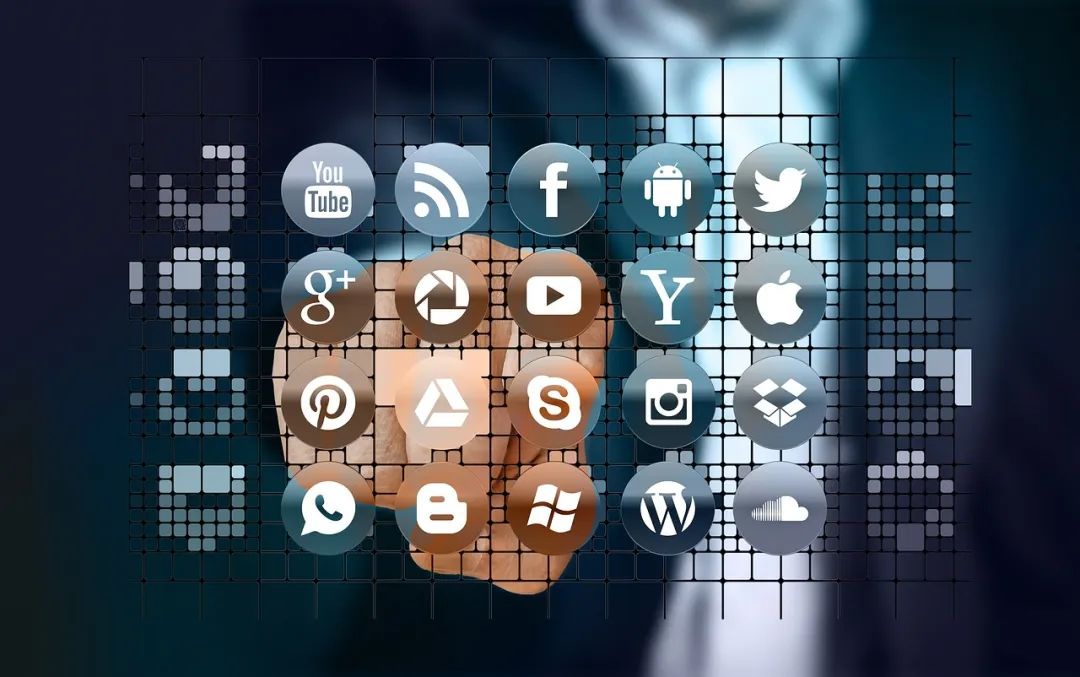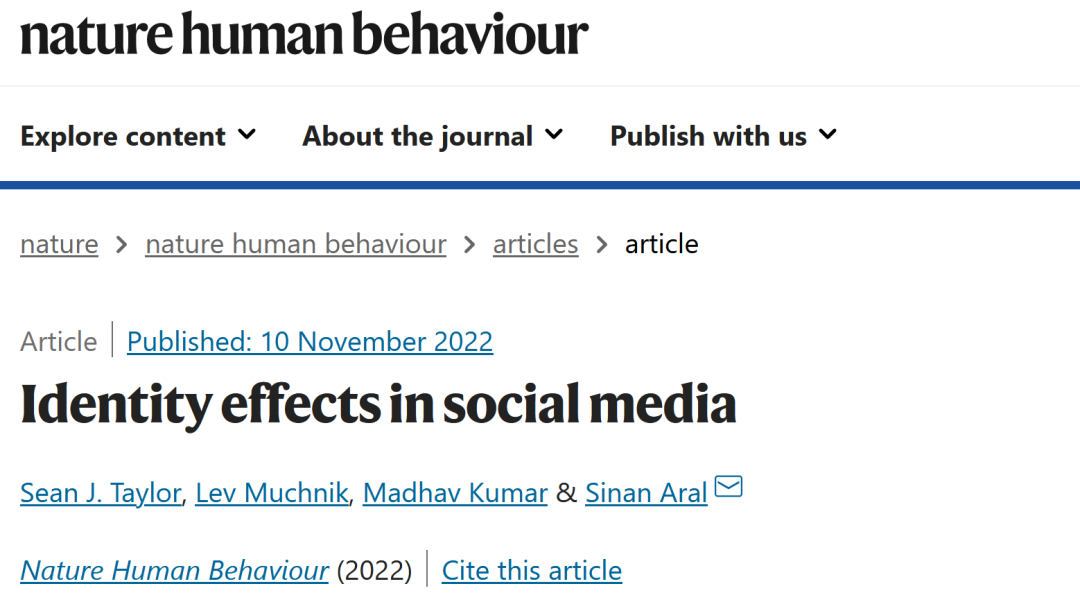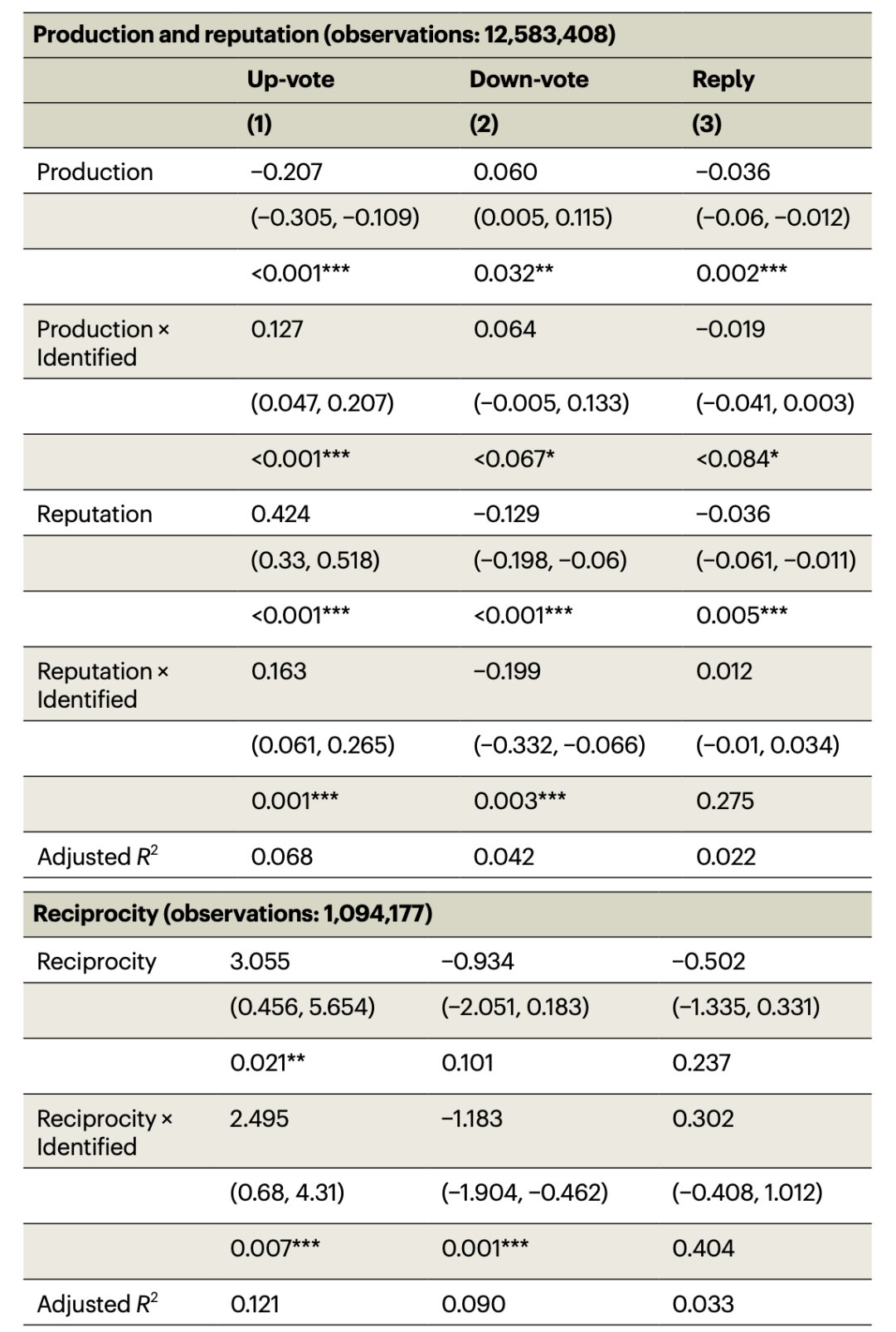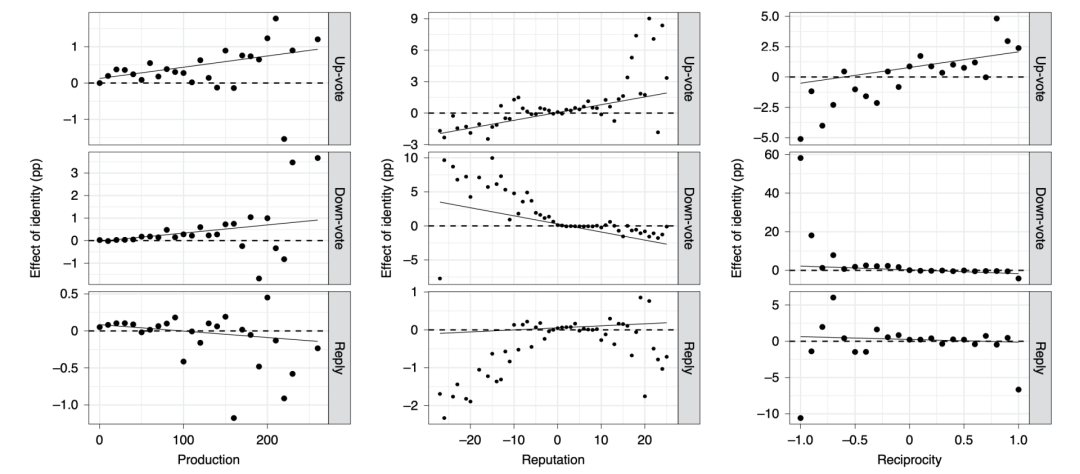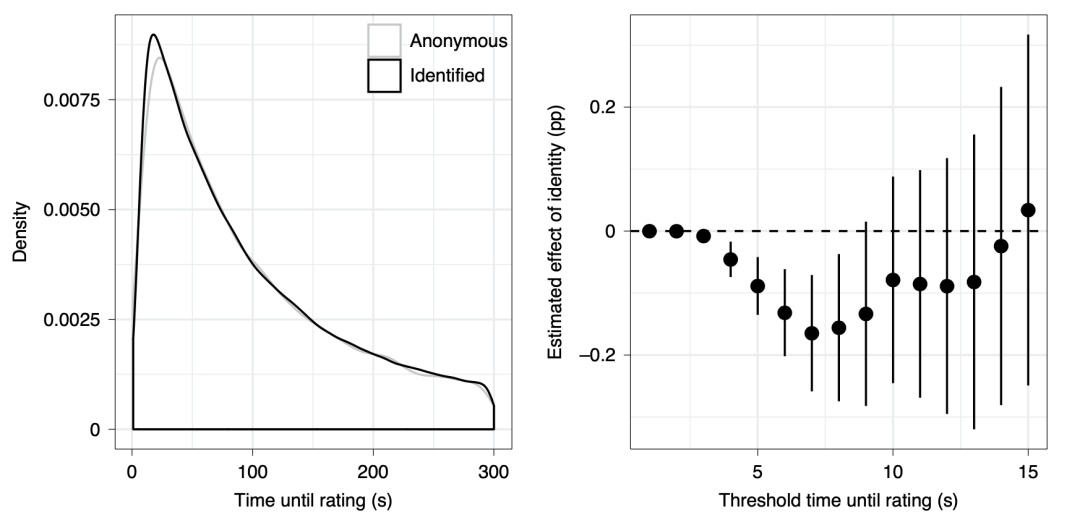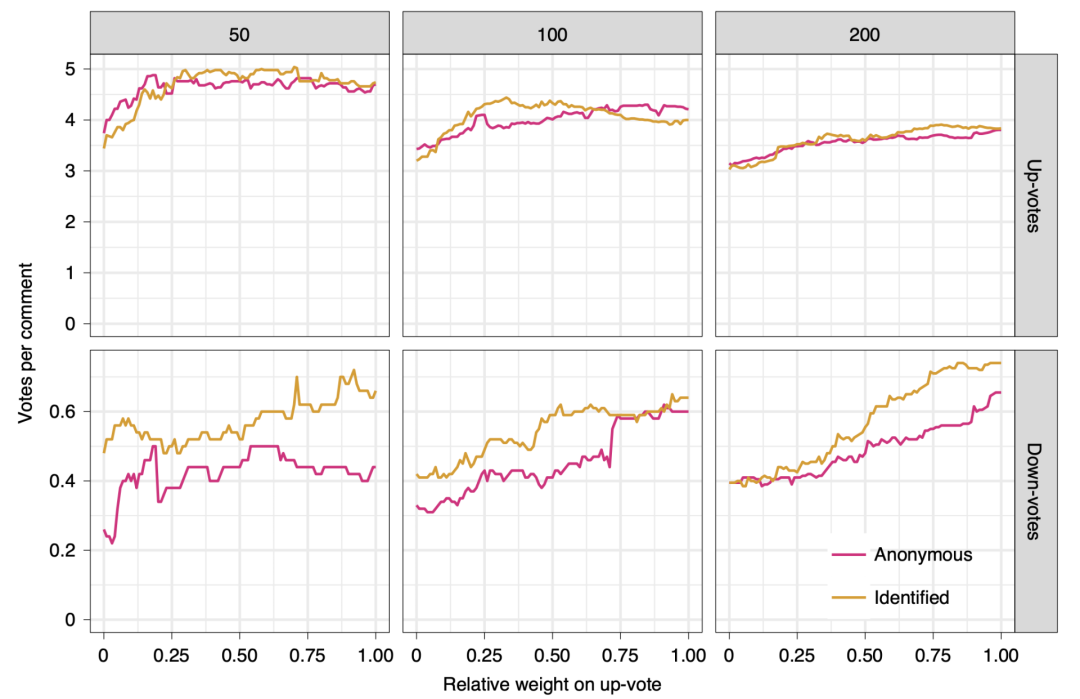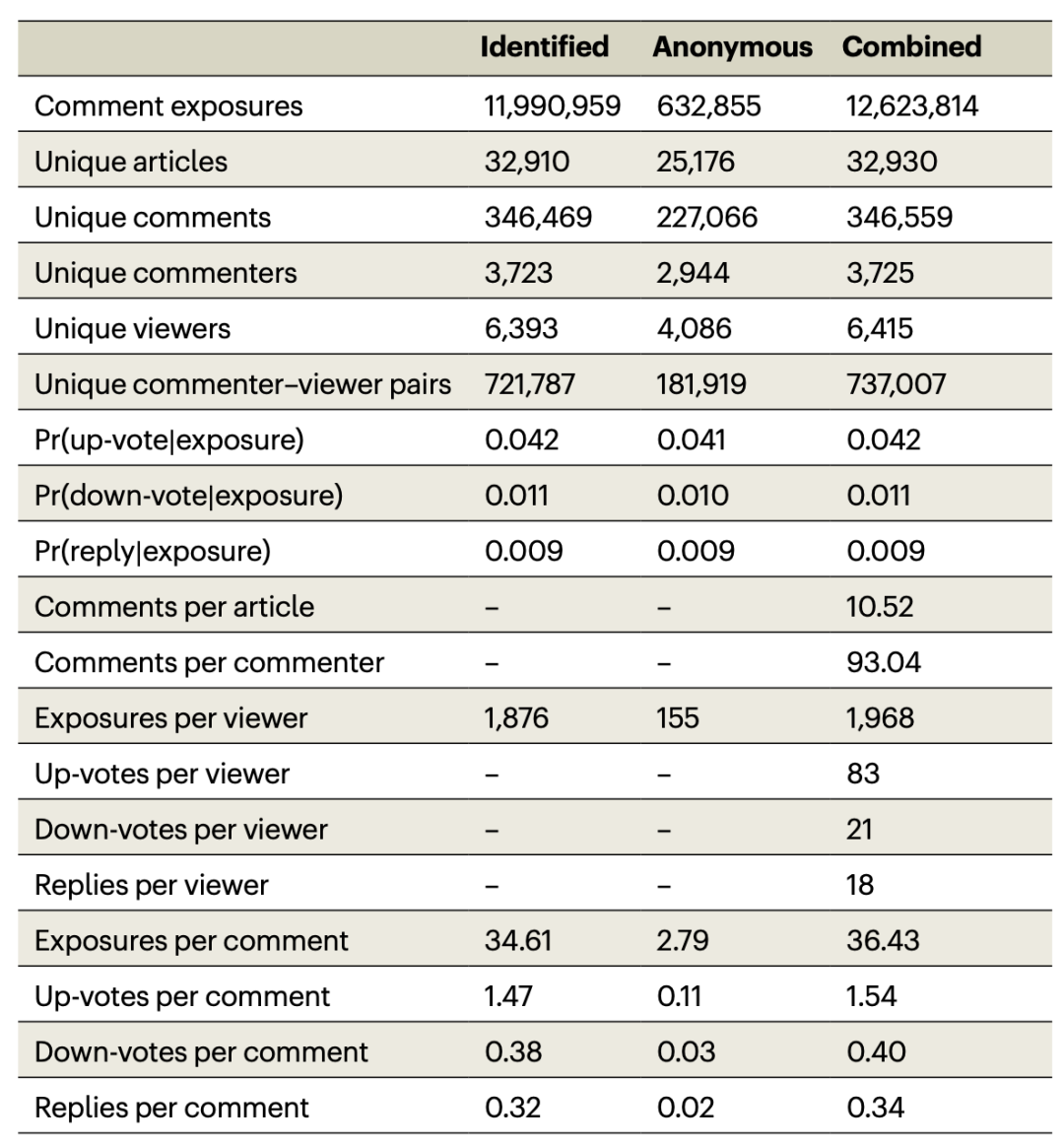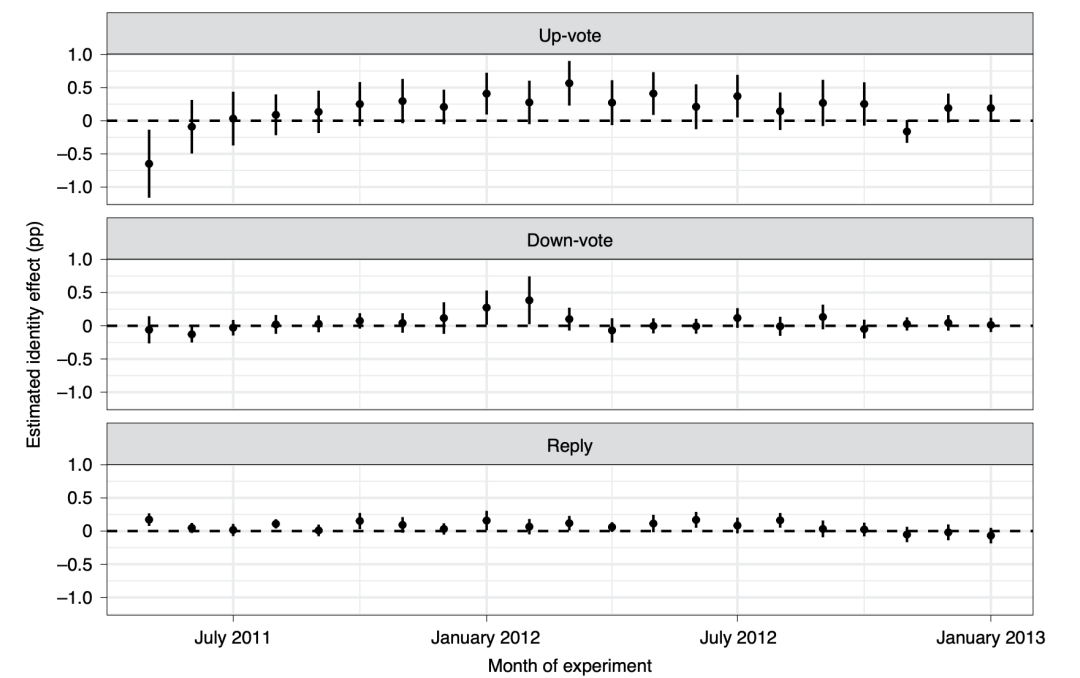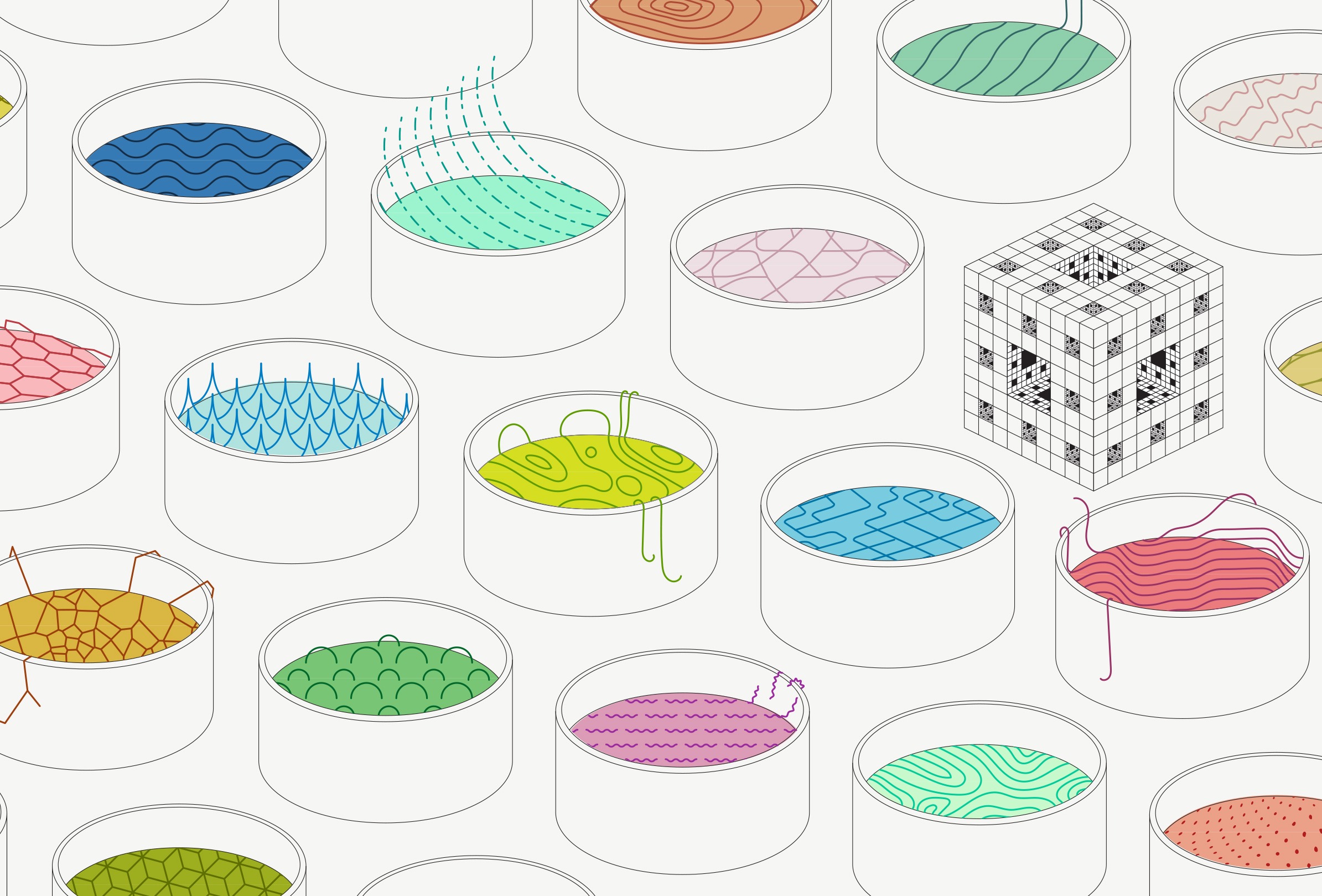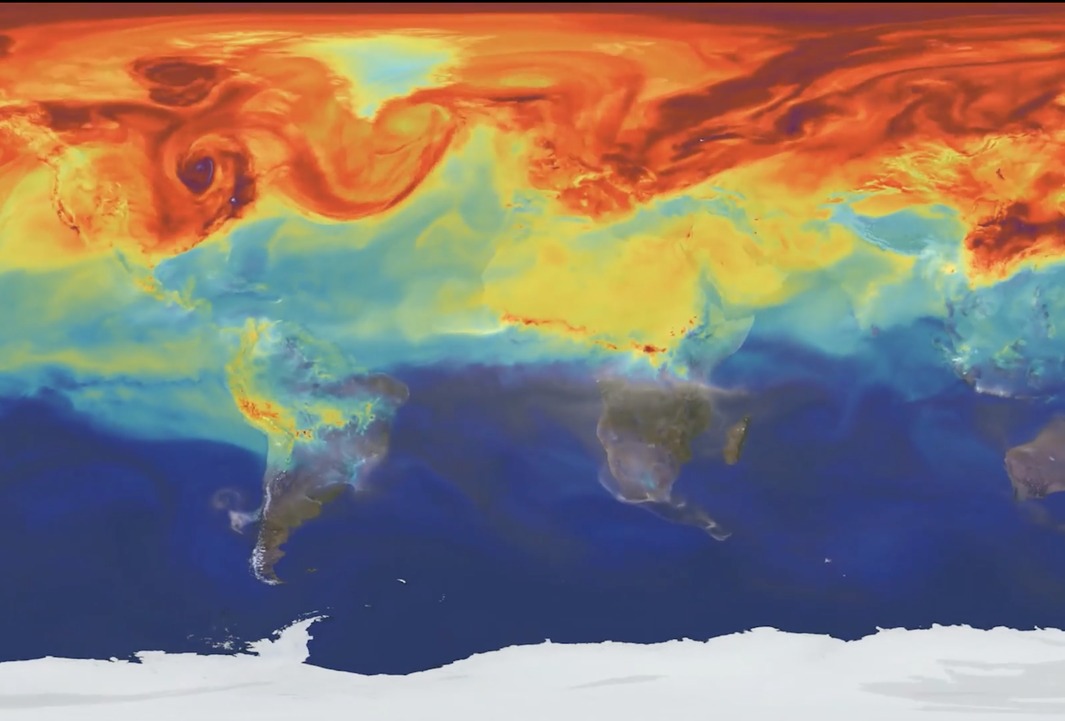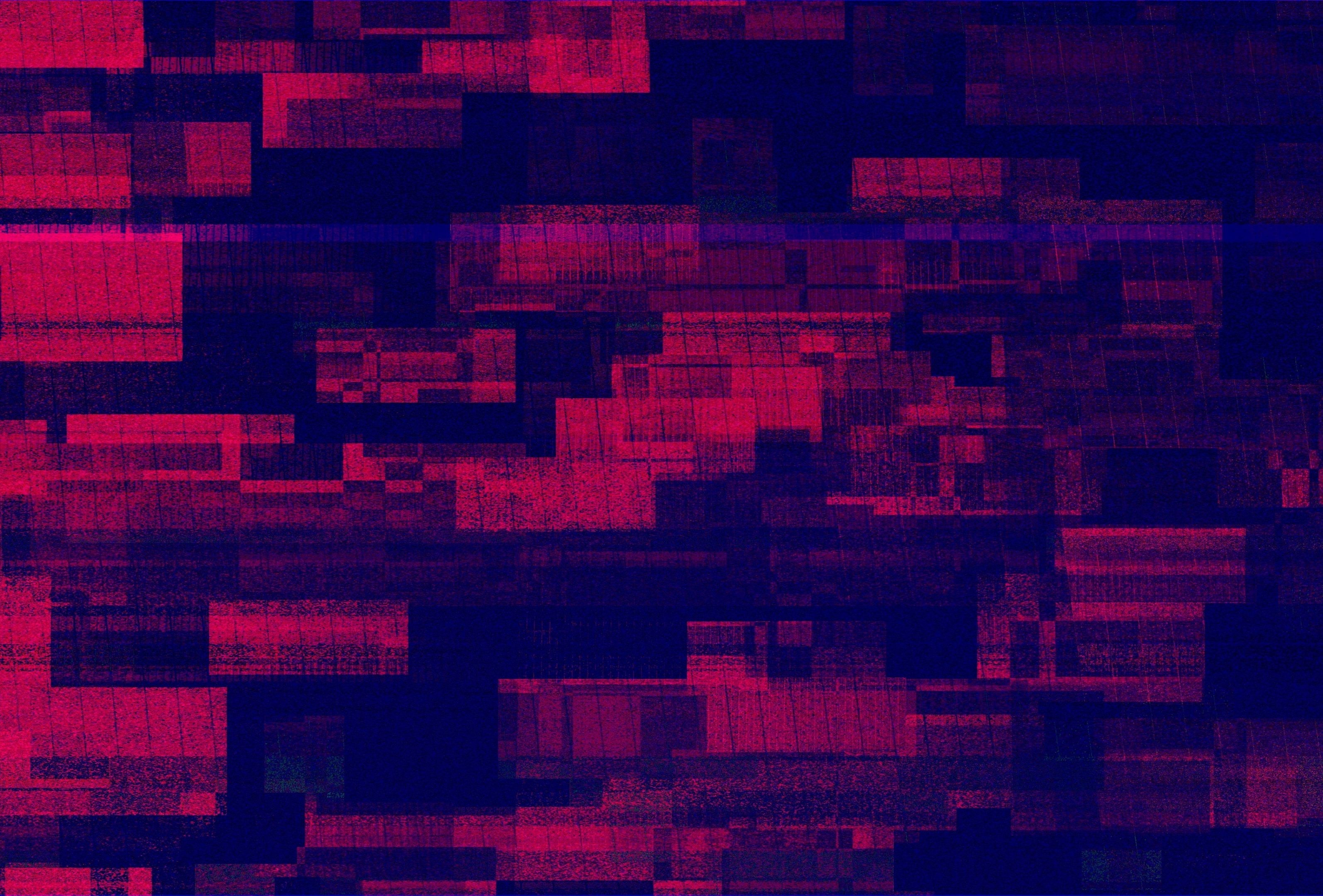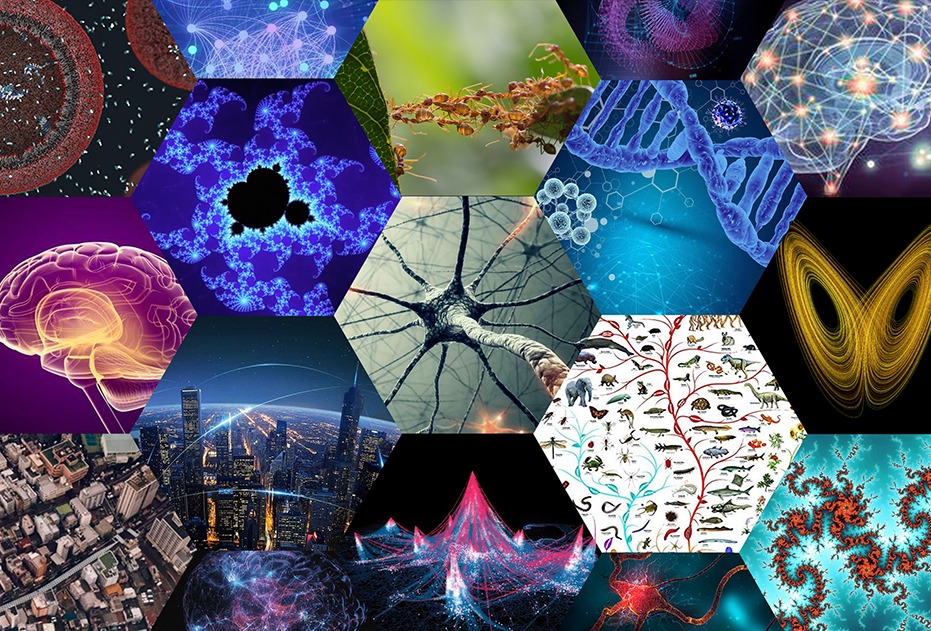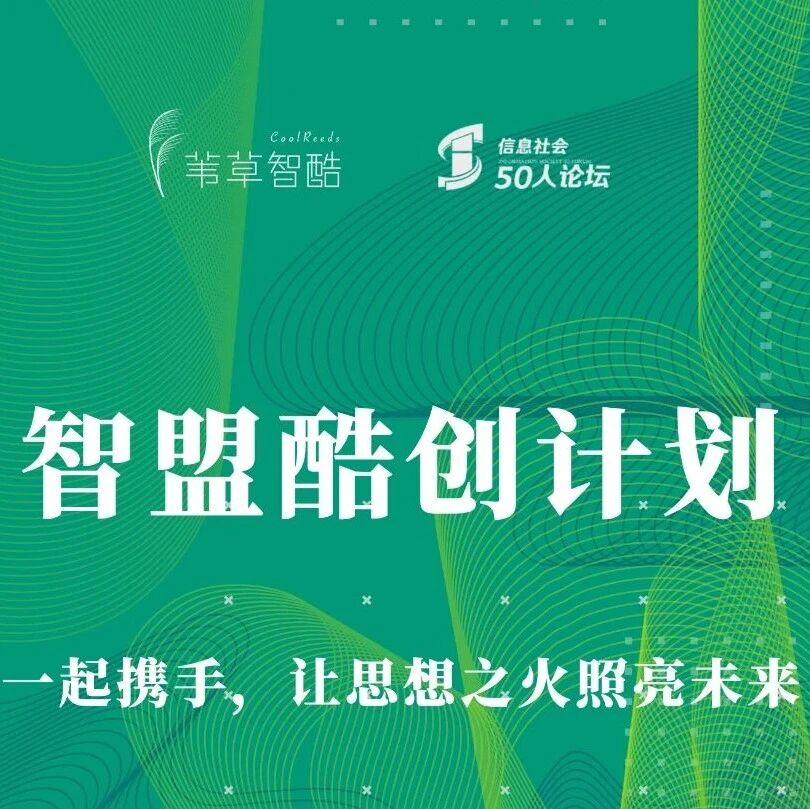1. Burns, W. Is it time to require identity verification for everyone using social media? Forbeshttps://www.forbes.com/sites/willburns/2018/02/22/is-it-time-to-require-identity-verification-for-everyone-using-social-media/?sh=74308aec8683 (2018).
2. Salganik, M. J. & Watts, D. J. Leading the herd astray: an experimental study of self-fulfilling prophecies in an artificial cultural market. Soc. Psychol. Q.71, 338–355 (2008).
3. Lorenz, J., Rauhut, H., Schweitzer, F. & Helbing, D. How social influence can undermine the wisdom of crowd effect. Proc. Natl Acad. Sci. USA108, 9020–9025 (2011).
4. Muchnik, L., Aral, S. & Taylor, S. J. Social influence bias: a randomized experiment. Science341, 647–651 (2013).
5. Chaiken, S. Heuristic versus systematic information processing and the use of source versus message cues in persuasion. J. Pers. Soc. Psychol.39, 752–766 (1980).
6. Chaiken, S. in Social Influence: The Ontario Symposium Vol. 5 (eds Zanna, M. P. et al.) 3–39 (Lawrence Erlbaum Associates, 1987).
7. Hass, R. G. in Cognitive Responses in Persuasion Vol. 2 (eds Petty, R. E. et al.) Ch. 7 (Lawrence Erlbaum Associates, 1981); https://doi.org/10.4324/9781315803012
8. Walther, J. B. Relational aspects of computer-mediated communication: experimental observations over time. Organ. Sci.6, 186–203 (1995).
9. Walther, J. B. Computer-mediated communication: impersonal, interpersonal, and hyperpersonal interaction. Commun. Res.23, 3–43 (1996).
10. Resnick, P., Kuwabara, K., Zeckhauser, R. & Friedman, E. Reputation systems. Commun. ACM43, 45–48 (2000).
11. Pavlou, P. A. & Gefen, D. Building effective online marketplaces with institution-based trust. Inf. Syst. Res.15, 37–59 (2004).
12. Moon, J. Y. & Sproull, L. S. The role of feedback in managing the Internet-based volunteer work force. Inf. Syst. Res.19, 494–515 (2008).
13. Wetzer, I. M., Zeelenberg, M. & Pieters, R. “Never eat in that restaurant, I did!”: exploring why people engage in negative word-of-mouth communication. Psychol. Mark.24, 661–680 (2007).
14. Wood, W. Attitude change: persuasion and social influence. Annu. Rev. Psychol.51, 539–570 (2000).
15. Cialdini, R. B. & Trost, M. R. Social Influence: Social Norms, Conformity and Compliance. The handbook of social psychology, McGraw-Hill, 151–192 (1998).
16. Chaiken, S., Wood, W. & Eagly, A. H. Principles of Persuasion. Social psychology: Handbook of basic principles. Guilford, 702–742 (1996).
17. Chen, S., Shechter, D. & Chaiken, S. Getting at the truth or getting along: accuracy- versus impression-motivated heuristic and systematic processing. J. Pers. Soc. Psychol.71, 262–275 (1996).
18. Lundgren, S. R. & Prislin, R. Motivated cognitive processing and attitude change. Pers. Soc. Psychol. Bull.24, 715–726 (1998).
19. Petty, R. E. & Wegener, D. T. Matching versus mismatching attitude functions: implications for scrutiny of persuasive messages. Pers. Soc. Psychol. Bull.24, 227–240 (1998).
20. Tajfel, H. Social psychology of intergroup relations. Annu. Rev. Psychol.33, 1–39 (1982).
21. Turner, J. C. Social Influence (Thomson Brooks/Cole, 1991).
22. Flache, A. Models of social influence: towards the next frontiers. J. Artif. Soc. Soc. Simul.https://doi.org/10.18564/jasss.3521 (2017).
23. Aral, S. & Walker, D. Creating social contagion through viral product design: a randomized trial of peer influence in networks. Manag. Sci.57, 1623–1639 (2011).
24. Aral, S. & Walker, D. Identifying influential and susceptible members of social networks. Science337, 337–341 (2012).
25. Bakshy, E., Eckles, D., Yan, R. & Rosenn, I. Social influence in social advertising: evidence from field experiments. In Proc. 13th ACM Conference on Electronic Commerce 146–161 (ACM, 2012); https://doi.org/10.1145/2229012.2229027
26. Aral, S. & Walker, D. Tie strength, embeddedness, and social influence: a large-scale networked experiment. Manag. Sci.60, 1352–1370 (2014).
27. Tucker, C. Social Advertising: How Advertising that Explicitly Promotes Social Influence Can Backfire. SSRNhttps://doi.org/10.2139/ssrn.1975897 (2016).
28. Bakshy, E., Rosenn, I., Marlow, C. & Adamic, L. The role of social networks in information diffusion. In Proc. 21st International Conference on World Wide Web 519–528 (ACM, 2012).
29. Bapna, R. & Umyarov, A. Do your online friends make you pay? A randomized field experiment on peer influence in online social networks. Manag. Sci.61, 1902–1920 (2015).
30. Luc, J. G. Y. et al. Does tweeting improve citations? One-year results from the TSSMN prospective randomized trial. Ann. Thorac. Surg.111, 296–300 (2021).
31. Forman, C., Ghose, A. & Wiesenfeld, B. Examining the relationship between reviews and sales: the role of reviewer identity disclosure in electronic markets. Inf. Syst. Res.19, 291–313 (2008).
32. Ma, M. & Agarwal, R. Through a glass darkly: information technology design, identity verification, and knowledge contribution in online communities. Inf. Syst. Res.18, 42–67 (2007).
33. Shalizi, C. R. & Thomas, A. C. Homophily and contagion are generically confounded in observational social network studies. Sociol. Methods Res.40, 211–239 (2011).
34. Toubia, O. & Stephen, A. T. Intrinsic vs. image-related utility in social media: why do people contribute content to twitter? Mark. Sci.32, 368–392 (2013).
35. Taylor, S. J., Bakshy, E. & Aral, S. Selection effects in online sharing: consequences for peer adoption. In ACM Conference on Electronic Commerce 821–836 (ACM, 2013); https://doi.org/10.1145/2492002.2482604
36. Bertrand, M. & Mullainathan, S. Are Emily and Greg more employable than Lakisha and Jamal? A field experiment on labor market discrimination. Am. Econ. Rev.94, 991–1013 (2004).
37. Edelman, B., Luca, M. & Svirsky, D. Racial discrimination in the sharing economy: evidence from a field experiment. Am. Econ. J. Appl. Econ.9, 1–22 (2017).
38. Hu, N., Zhang, J. & Pavlou, P. A. Overcoming the J-shaped distribution of product reviews. Commun. ACM52, 144–147 (2009).
39. Kahneman, D., Sibony, O. & Sunstein, C. R. Noise: A Flaw in Human Judgment (Little, Brown, 2021).
40. Bourdieu, P. in: Handbook for Theory and Research for the Sociology of Education(ed. Richardson, J.). Greenwood Press, 241–258 (1986).
41. Throsby, D. Cultural capital. J. Cult. Econ.23, 3–12 (1999).
42. Putnam, R. The prosperous community: social capital and public life. The American Prospecthttps://prospect.org/infrastructure/prosperous-community-social-capital-public-life (1993).
43. Lin, C.-S. & Chen, Y.-F. Examining social tagging behaviour and the construction of an online folksonomy from the perspectives of cultural capital and social capital. J. Inf. Sci.38, 540–557 (2012).
44. Simon, H.A. On a class of skew distribution functions. Biometrika42, 425–440 (1955).
45. Merton, R. K. The Matthew effect in science. Science159, 56–63 (1968).
46. Barabási, A.-L. & Albert, R. Emergence of scaling in random networks. Science286, 509–512 (1999).
47. Salganik, M. J., Dodds, P. S. & Watts, D. J. Experimental study of inequality and unpredictability in an artificial cultural market. Science311, 854–856 (2006).
48. Van de Rijt, A. Self-correcting dynamics in social influence processes. Am. J. Sociol.124, 1468–1495 (2019).
49. Berry, G. & Taylor, S. J. Discussion quality diffuses in the digital public square. In Proc. 26th International Conference on World Wide Web 1371–1380 (ACM, 2017); https://doi.org/10.1145/3038912.3052666
50. Taylor, S. J. & Eckles, D. in Complex Spreading Phenomena in Social Systems (eds Lehmann, S. & Ahn, Y. Y.) 289–322 (Springer, 2018); https://doi.org/10.1007/978-3-319-77332-2_16
51. Sun, T. & Taylor, S. J. Displaying things in common to encourage friendship formation: a large randomized field experiment. Quant. Mark. Econ.18, 237–271 (2020).
